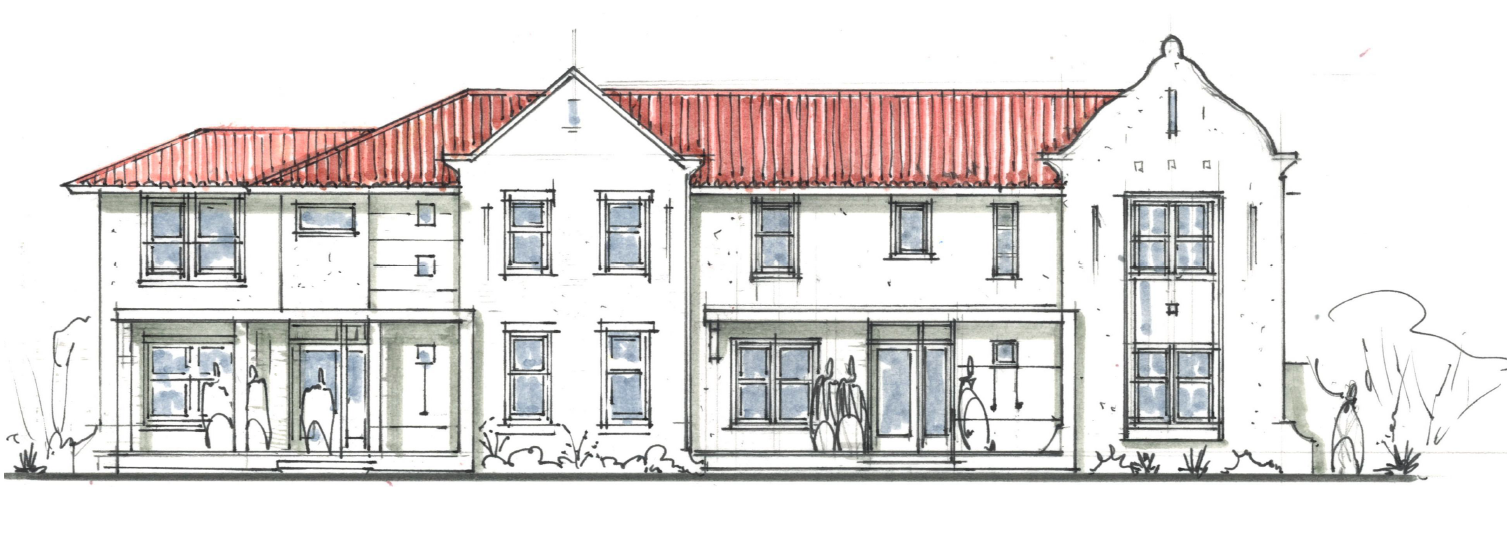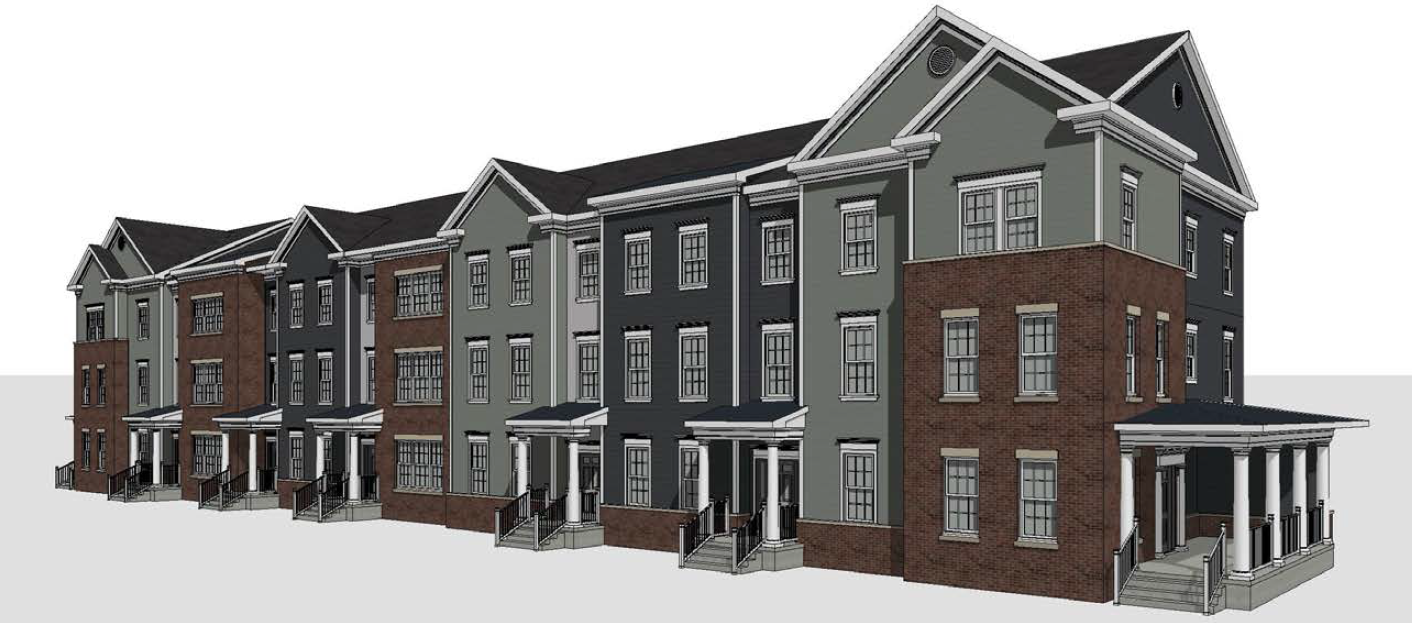Last October, the global developer Lendlease, which owns and manages more than 40,000 homes and 192 apartments on U.S. military installations in 24 states, said it would break ground later that year on a $110 million development on 51 acres for the construction of 75 family housing units and 60 two-bedroom apartments for personnel based at the U.S. Southern Command in Doral, Fla.
This development represented the first new privatized housing project authorized by the U.S. Army since 2010. Simultaneously, this development was part of Lendlease’s launch of a new military housing portfolio branded Cadence Communities, whose initial phase would combine 345 existing, newly privatized homes with new construction at seven U.S. Army installations.
In an interview with IREI.com last September, Lendlease’s COO Philip Carpenter said his firm was preparing to build more than 1,200 homes and renovate another 2,280 units on military installations.
Completing those plans will soon be in the hands of the Omaha Beach Investment affiliate of Guggenheim Partners, a global investment and financial services firm that last month agreed to acquire Lendlease’s U.S. military housing portfolio—which Lendlease manages under a joint venture with Winn Residential—for the equivalent to $323.4 million. This deal is expected to close in early 2025.
Lendlease had disclosed previously its intention to shed its overseas assets and concentrate on expanding its business in Australia, where the firm is based.
Privatizing military housing has met with mixed results
Since Congress created the Military Housing Privatization Initiative under the National Defense Authorization Act in 1996, there are more than 200,000 housing units within 80 projects on or near U.S. military installations, according to the Military Housing Association (MHA). Virtually all these units are owned and managed by 14 developers and builders that include Balfour Beatty, Hunt Military Communities, and Liberty Military Housing. The U.S. Department of Defense sets policy for this housing program.
To date, stated MHA, the Initiative has delivered more than 75,000 new homes and conducted major renovations to 50,000 units. However, over the years of the Initiative, military housing has been plagued by complaints from residents, the U.S. Government Accountability Office, and the press about shoddy renovation and maintenance. These complaints have led to lawsuits and, on occasion, big penalties, as chronicled last May by Mother Jones magazine.
While there’s been relatively few new military homes built lately (at least based on what’s been reported publicly), that could be changing. Federal News Network reported in March that the Defense Department would receive $18.7 billion in fiscal 2024 for military construction, of which $2 billion would go toward family housing initiatives that include construction, maintenance, upgrades, and oversights. An estimated $320 million of that total have been earmarked specifically for revitalizing six privatized housing projects.
To learn more about their construction and renovation activities, BD+C reached out to several of the private landlords, as well as to Mark Colon, Deputy Assistant Secretary of Defense for Housing, but heard back from only two companies: Balfour Beatty, the industry’s largest military housing provider (which declined to comment for this article); and The Michaels Organization, which announced last March that it had secured over $500 million in financing to support its U.S. Army housing portfolio over the next five years.
Michaels’ portfolio is comprised of more than 17,500 housing units across 12 locations nationwide. Seven percent of this portfolio is multifamily units for junior enlisted members of the Navy at the 941-apartment Pacific Beacon at Naval Base San Diego, the first of its kind for unaccompanied service members at the rank of E-4. In coordination with the Army, Michaels is planning to break ground later this year on a similar multifamily project at Fort Irwin in California, according to Erik Robertson, The Michaels Organization’s Senior Vice President of Investment Management.

New construction and services have growth potential
In written responses to questions sent by BD+C, Robertson said that 60% of $500 million his firm plans to spend will be for new construction, with the rest going toward improving existing units. He added that Michaels has a strategic partnership with the firm Urban Practice for architectural design services, and employs local engineering and construction firms for its military housing projects.
Robertson explained how military housing differs from market-rate housing. For one thing, military housing is purpose-built to meet service members’ needs, primarily the routine permanent changes of station each member experiences every 24 to 36 months. This is achieved, he said, by focusing on designing active neighborhoods made to bring residents together as communities. Homes are also built with the expectation of increased wear and tear caused by moving, and with more storage spaces in each home.
Must haves for new construction include smart thermostats, energy efficient fixtures and appliances, two-car garages, private backyards with patios where feasible, buried utility cables, and age-specific playgrounds. Robertson added that well-designed neighborhood layouts “are essential for fostering communities.”

Despite the Armed Services having privatized virtually all of its family housing in the U.S., The Michaels Organization still sees growth opportunities in this subsector. Robertson noted that each of the services is working to replace housing for its junior enlisted and unaccompanied service members that, historically, had been in barracks. Robertson believed that his firm’s 18-story, $321million Pacific Beacon project—built by Clark Construction under a design-build contract with the designer Torti Gallas + Partners, and completed in 2009—provides an alternative blueprint.
The Michaels Organization also sees potential in providing services to military residents. He pointed out that Michaels’ completion of a $305 million bond issuance leverages future deposits to the Army’s reinvestment accounts. “This shows that the services are taking a sophisticated approach to bring future investments closer to today,” said Robertson. Another example is the focus on improving resident wellness by investing in air and water purification, and access to more natural light “to create environments that allow service members to be the best versions of themselves.”
Related Stories
| Feb 14, 2014
Crowdsourced Placemaking: How people will help shape architecture
The rise of mobile devices and social media, coupled with the use of advanced survey tools and interactive mapping apps, has created a powerful conduit through which Building Teams can capture real-time data on the public. For the first time, the masses can have a real say in how the built environment around them is formed—that is, if Building Teams are willing to listen.
| Feb 13, 2014
Extreme Conversion: Nazi bunker transformed into green power plant, war memorial
The bunker, which sat empty for over 60 years after WWII, now uses sustainable technology and will provide power to about 4,000 homes.
| Jan 28, 2014
16 awe-inspiring interior designs from around the world [slideshow]
The International Interior Design Association released the winners of its 4th Annual Global Excellence Awards. Here's a recap of the winning projects.
| Jan 14, 2014
D.C. Navy Yard building, site of mass shooting, will be renovated
A remembrance area and a new visitor's entrance will be among the changes when the Navy rebuilds Building 197 of the Washington Navy Yard, where a gunman killed 12 people and then was killed in a shooting spree in September 2013.
| Jan 13, 2014
Custom exterior fabricator A. Zahner unveils free façade design software for architects
The web-based tool uses the company's factory floor like "a massive rapid prototype machine,” allowing designers to manipulate designs on the fly based on cost and other factors, according to CEO/President Bill Zahner.
| Jan 11, 2014
Getting to net-zero energy with brick masonry construction [AIA course]
When targeting net-zero energy performance, AEC professionals are advised to tackle energy demand first. This AIA course covers brick masonry's role in reducing energy consumption in buildings.
| Dec 13, 2013
Safe and sound: 10 solutions for fire and life safety
From a dual fire-CO detector to an aspiration-sensing fire alarm, BD+C editors present a roundup of new fire and life safety products and technologies.
| Dec 10, 2013
16 great solutions for architects, engineers, and contractors
From a crowd-funded smart shovel to a why-didn’t-someone-do-this-sooner scheme for managing traffic in public restrooms, these ideas are noteworthy for creative problem-solving. Here are some of the most intriguing innovations the BD+C community has brought to our attention this year.
| Nov 27, 2013
Wonder walls: 13 choices for the building envelope
BD+C editors present a roundup of the latest technologies and applications in exterior wall systems, from a tapered metal wall installation in Oklahoma to a textured precast concrete solution in North Carolina.
| Nov 26, 2013
Construction costs rise for 22nd straight month in November
Construction costs in North America rose for the 22nd consecutive month in November as labor costs continued to increase, amid growing industry concern over the tight availability of skilled workers.

















